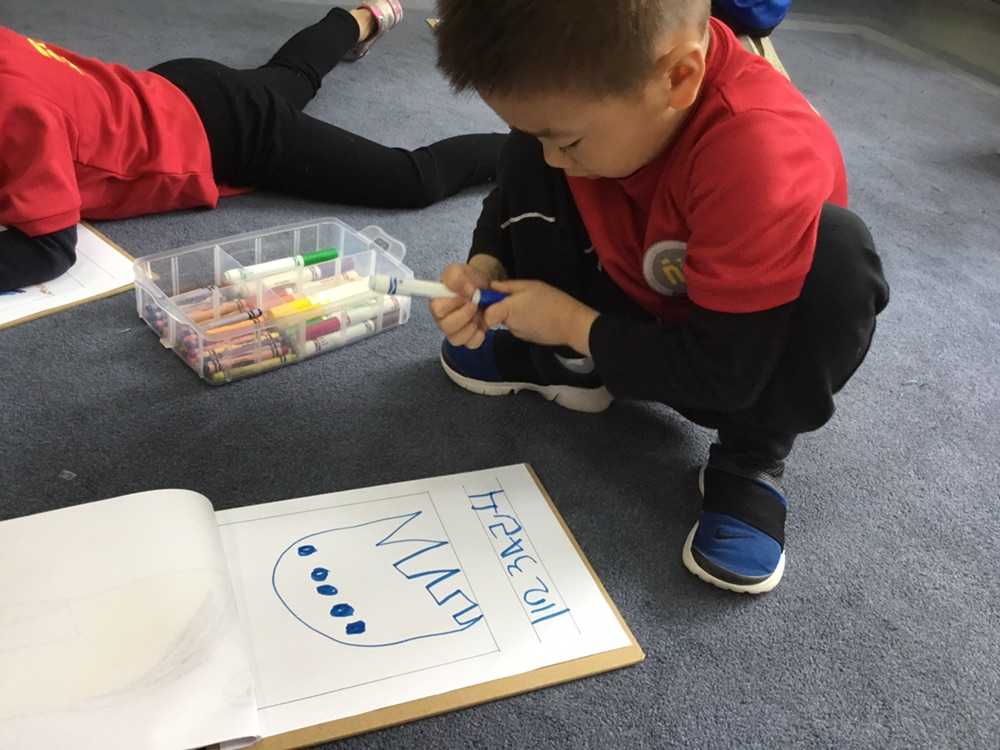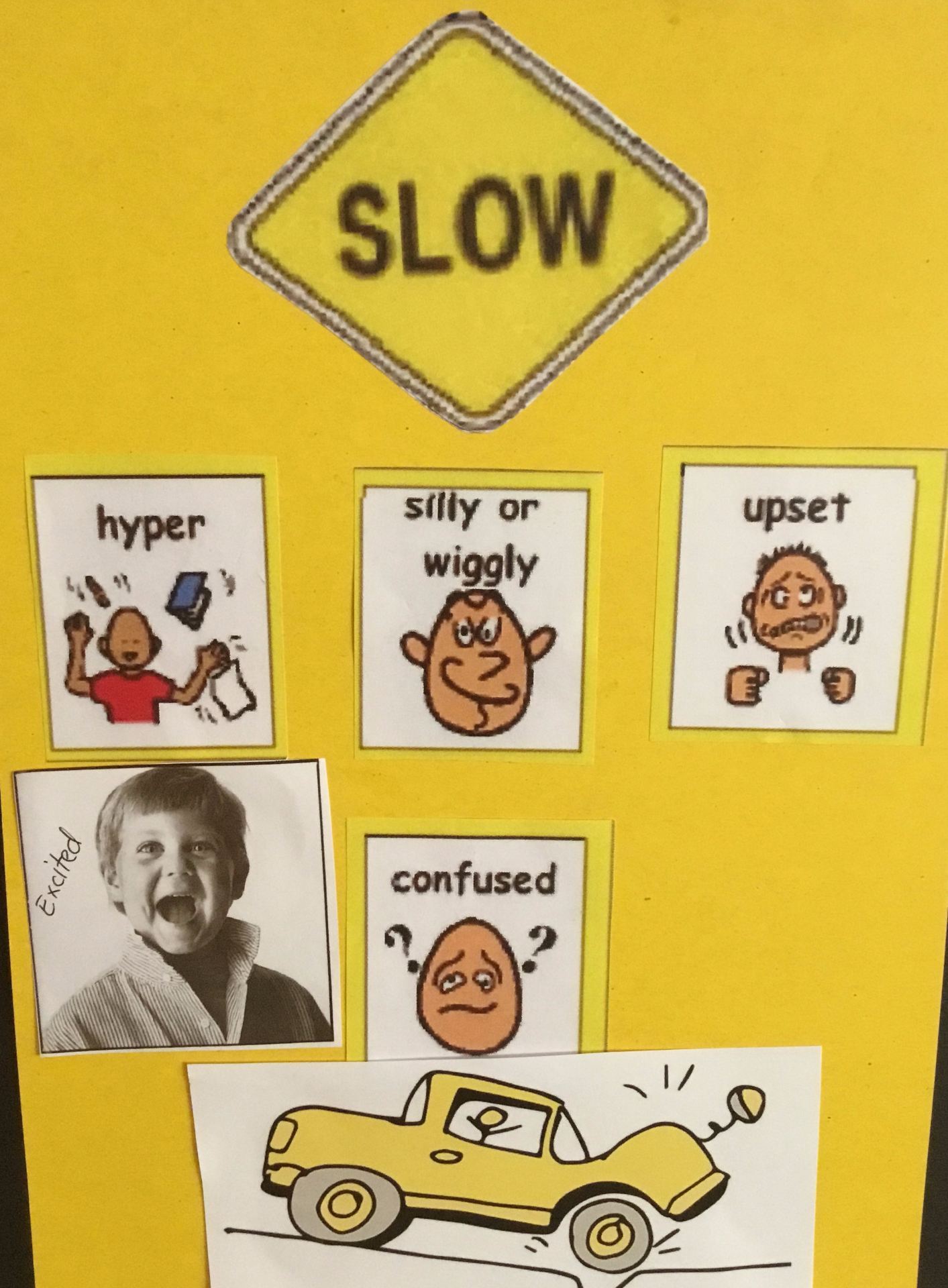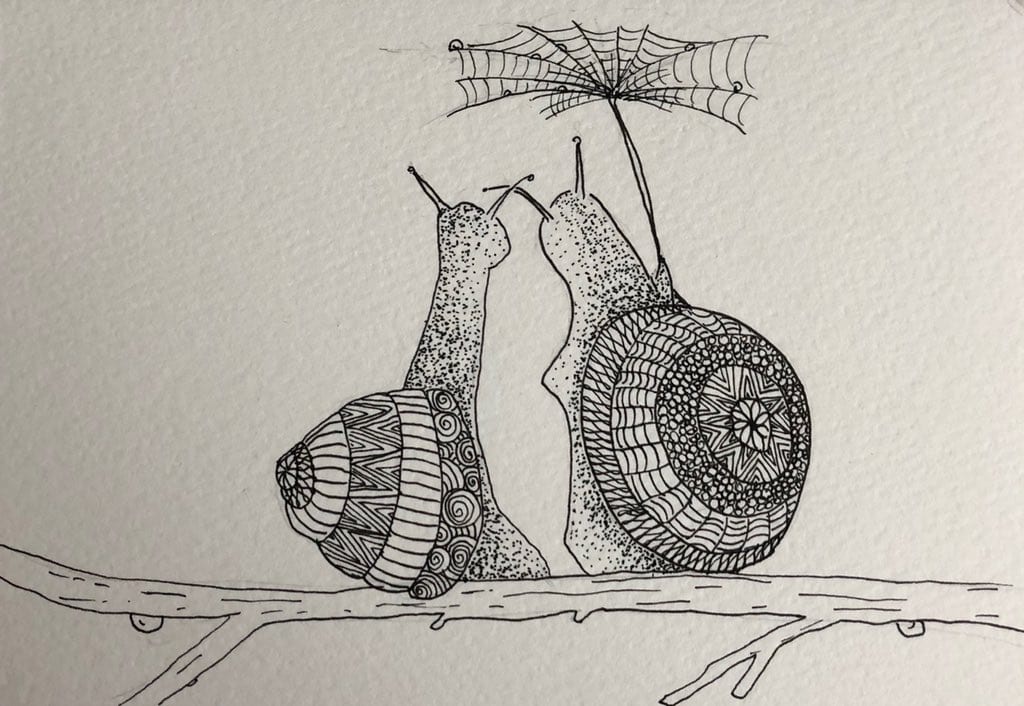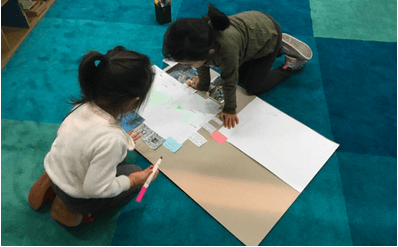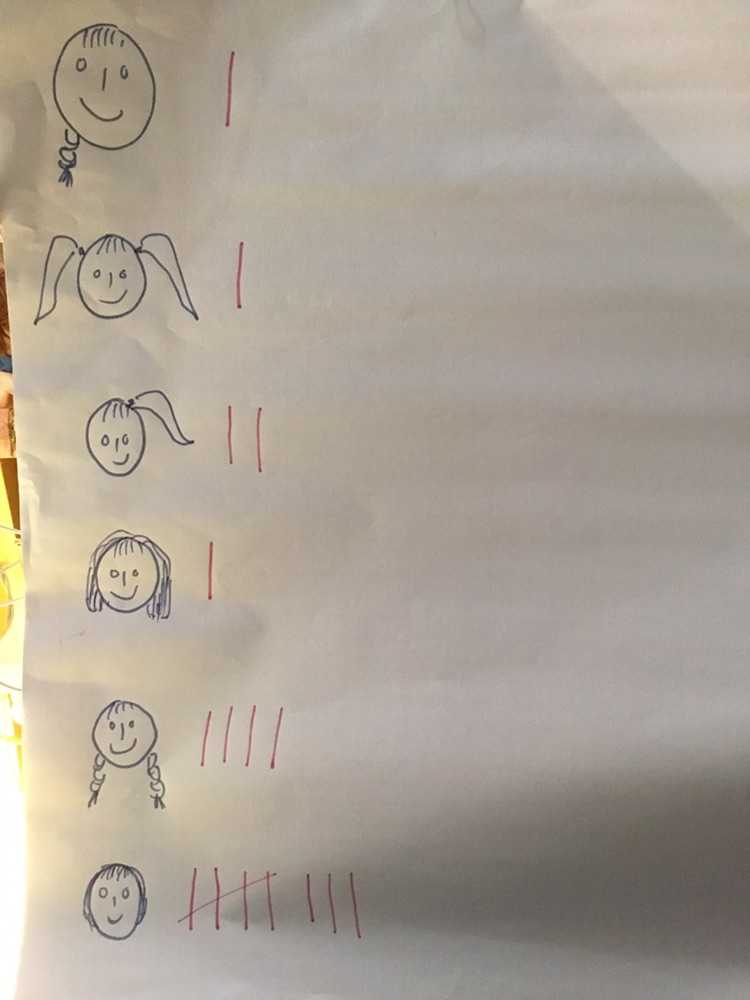The Workshop
We had seen a picture of Mr. Baker, planning to create something with wood. We decided that we could not just walk over to Mr. Baker’s classroom as there are children working in this space. One afternoon, Ms. Shemo went over to take some pictures of Mr. Baker’s classroom so that we can see what he does in his workshop. We gathered together to talk about what we notice.

What do you see?

- Amber “他在做东西。车。” [He is making something. Car.]
- Felix “I think they are doing new wall.”
- Charlotte “风火轮。” [A flaming Wheel]
- Jasmine “I think she is making a paper. A carpet.”
- Si Hyun “That one.” (referring to wood)
- Lawrence “I think he make a table.”
- Freida “She is making, maybe a low table.”
- Michelle “一个很高的桌子。” [A tall table.]
- Felix “Maybe a big chair.”
- Seungbin explained that he agreed.
- Si Hyun “The scissor (pointing to the scissors on the table). This one is small. A Robot.” (referring to the saw)
- Alejandra “This one saw. They are making a door.”
- Nicolas “I think they are making a table like the other one outside.”
- Seungbin pointed to the ‘Sofa’.

- Nicolas “She is cutting.”
- Ruby “She is not actually, she can’t find it. I know because I went there. They are making a screen.”
- Si Hyun “That is cool.”
- Ruby “My daddy can draw on table. What if we make a treasure box? I can make a mail box. What colour do you want? Golden or silver?”
- Si Hyun “Where is this?”
- Ruby “It’s a workshop. He is making a brick.”
How might we be safe if we go to the workshop?

- Felix “Don’t play machines.”
- Si Hyun “No play blocks.”
- Jasmine “We need careful.”
- Amber “No hitting.”
- Michelle “Walking.”
- Ruby “No touching machines.”
- Si Hyun “No play machines.”
- Alejandra “We may cut our finger.”
- Felix “I found some. Line.” (referring to the hazard tape)

- Ruby “Don’t put your hands inside.”
- Jasmine “I see line.”
- Jiwoo “This one to this one.” (pointing to more hazard tape)
- Lawrence “Don’t play this because it’s dangerous. ZZZZZ……” (shaking his body, showing how people get electrocuted)
- Sarah “In my home, I have small scissors to cut paper.”
- Lawrence “My home have this (multi power socket), don’t touch.”
- Felix “We can talk to him.” (Referring to Mr. Baker)
A plan to make a Treasure Box
 Name of the project –
Name of the project –
Treasure Box Making by PreK-K1C
A few students continued to talk about creating a treasure box after the discussion. They explained…
- Nicolas “We need wooden blocks and the triangle shapes, scissors to cut. We need sticky paper to decorate later. We need pencils. We need a key to open the treasure box.”
- Ruby “We need some flat wood to stick on the box, then we need some glue to stick the treasure box together. Then you have to make a lid then you put a flat wood, then you have to glue on the lid. Then you need a key, then you need some glitter to decorate it.

- Freida “You need hold it so. We have money in our home that you can put in the treasure box. We need make something glitter. This is for pressing. This is for come in that you can open. This is the cover.
- Felix “We need the key to open it. We need to put the key in it like this one. And we need some play dough for the paper to stick it on.
- Jasmine “We need one paper.放在宝箱的翅膀上。我们需要涂上宝箱的颜色。我要用cutting paper cut 这里。And we need a 充电器。我们需要充电器的时候用机器做一个钥匙扣子,然后把它擦得整齐,然后插上翅膀” [We need one paper to put on the wings of the treasure box. We need to colour the treasure box. And we need to use cutting paper to cut here. And we need a charger. When we need to charge, we need to use a machine to make a key, and we need polish it and put the wings on.]
Where will our inquiry take us?…..



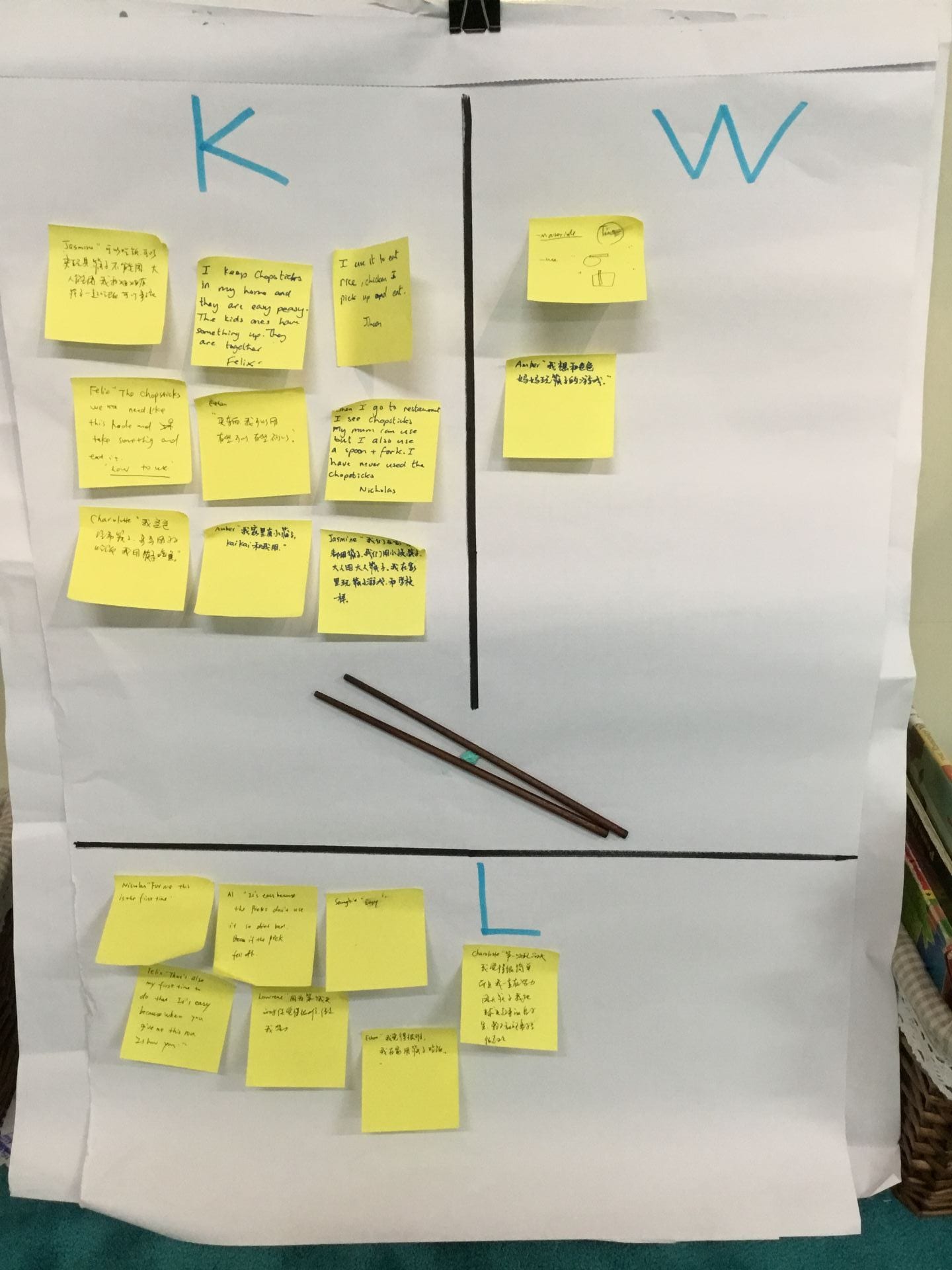








 We listened to the story ‘Tall’ by Jez Alborough. In this story, a tiny chimp wants to always feel taller than the other animals in the jungle.
We listened to the story ‘Tall’ by Jez Alborough. In this story, a tiny chimp wants to always feel taller than the other animals in the jungle.




